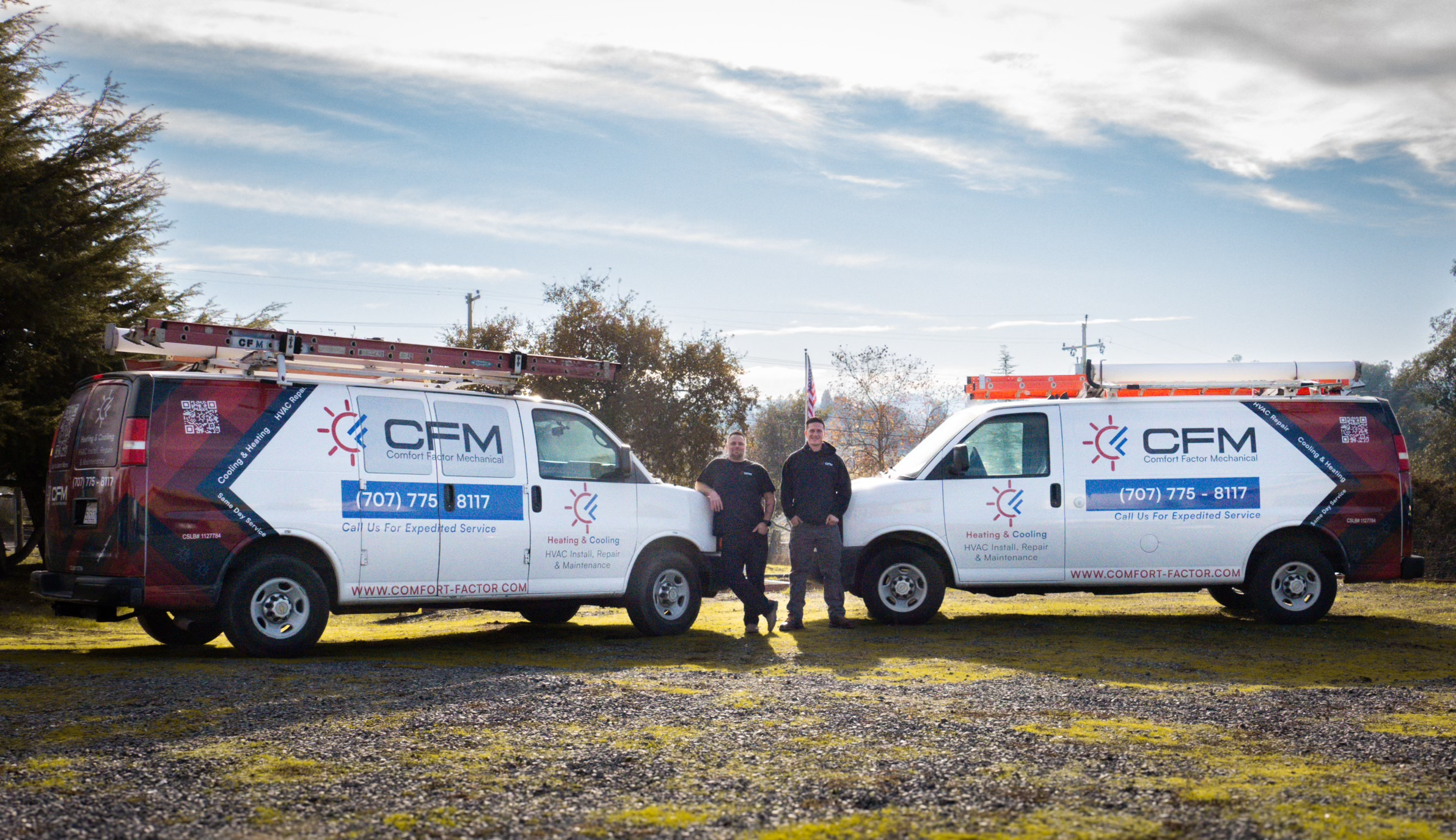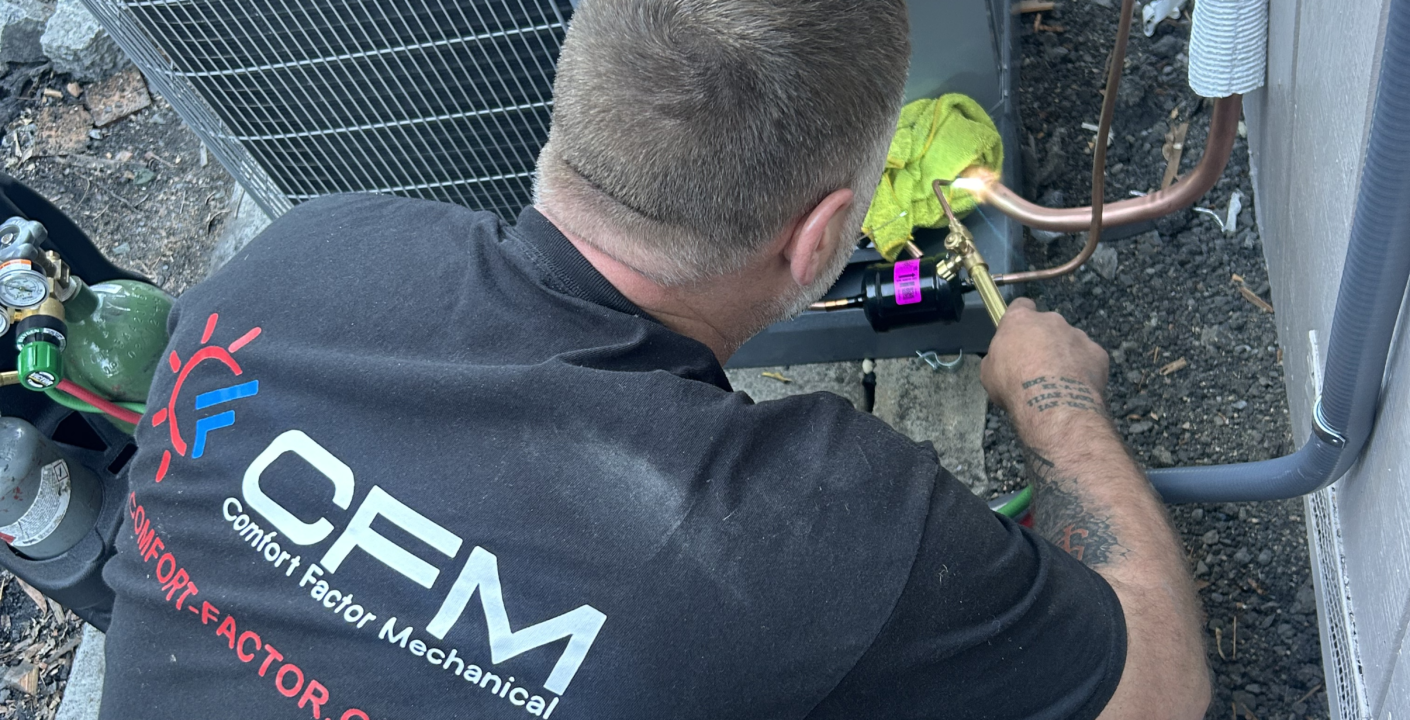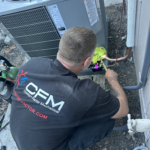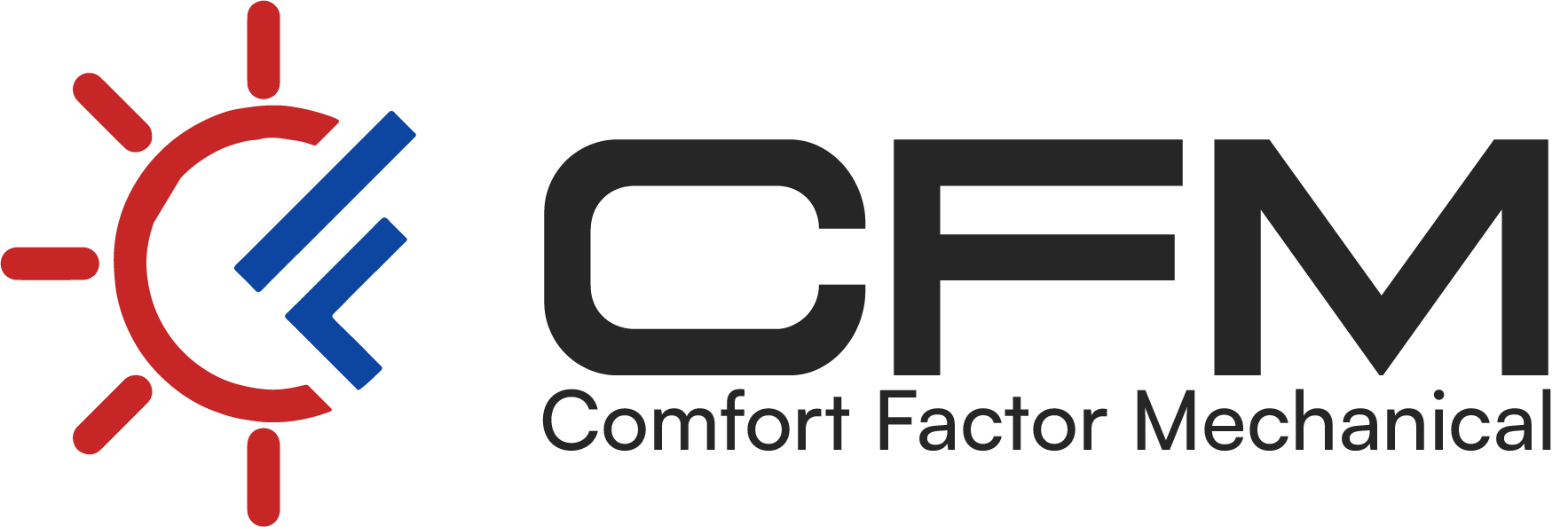Investing in a new HVAC system is a significant decision for homeowners, impacting both comfort and energy expenses. Knowing the cost can help you budget effectively and make an informed decision. In this article, we’ll break down the average cost of a new HVAC system, the factors that influence pricing, and how to choose the right system for your home.
“Investing in a new HVAC system is a significant decision for homeowners, impacting both comfort and energy expenses.”
1. Average Cost of a New HVAC System Overview
The cost of a new HVAC system can vary widely depending on several factors, including the size of your home, the type of system you select, and installation costs. On average, homeowners can expect to pay between $5,000 to $12,000 for a complete HVAC system, this is the average cost of a new hvac system – including both heating and cooling units. Here’s a general breakdown:
- Central Air Conditioning Units: $3,000 to $7,500
- Furnace Systems: $2,500 to $6,000
- Heat Pumps: $4,000 to $10,000
- Ductless Mini-Splits: $5,000 to $15,000
The price range is influenced by the system’s size, efficiency rating, and any additional features such as smart thermostats or air purifiers. High-efficiency models and advanced systems like ductless mini-splits may have a higher upfront cost but provide long-term savings on energy bills.
.

2. Factors Influencing HVAC Costs
a. Size of Your Home
The size of your home significantly affects the cost of your HVAC system. Larger homes require more powerful units with higher capacity to effectively heat and cool the space. HVAC systems are measured in BTUs (British Thermal Units), which determine the system’s ability to heat or cool a specific square footage.
- 1,000 – 1,500 sq. ft.: 18,000 – 24,000 BTUs ($5,000 – $7,000)
- 1,500 – 2,000 sq. ft.: 24,000 – 30,000 BTUs ($6,000 – $9,000)
- 2,000 – 3,000 sq. ft.: 30,000 – 45,000 BTUs ($7,500 – $12,000)
b. Type of HVAC System
There are various types of HVAC systems available, each with its own price range adding a variety to the average cost of a new hvac system:
- Central Air Conditioning Systems: Most common, providing even cooling throughout the home.
- Heat Pumps: Versatile for both heating and cooling but may require a backup system in extremely cold climates.
- Ductless Mini-Splits: Ideal for homes without ducts, offering zoned temperature control.
- Furnace and AC Combination: Traditional choice, using separate units for heating and cooling.
c. Efficiency Ratings
HVAC systems come with efficiency ratings such as SEER (Seasonal Energy Efficiency Ratio) for air conditioners and AFUE (Annual Fuel Utilization Efficiency) for furnaces. High-efficiency models cost more upfront but save on energy bills over time. For example:
- Standard Efficiency (SEER 14-16): Lower upfront cost but higher energy consumption.
- High Efficiency (SEER 18-25): Higher upfront cost but significantly lower energy bills.
d. Installation Costs
Professional installation is crucial for optimal system performance. Installation costs depend on the complexity of the project, including ductwork modifications, electrical upgrades, and permits. On average, installation can range from $1,500 to $5,000.
3. Hidden Costs to Consider
a. Ductwork and Ventilation
If your home’s ductwork is old or incompatible with a new system, you may need to repair or replace it, costing an additional $1,000 to $5,000.
b. Smart Thermostats and Accessories
Smart thermostats like the Nest or Ecobee enhance energy efficiency and convenience. These can add another $200 to $500 to your total cost.
c. Maintenance and Warranties
Regular maintenance is essential for your HVAC system’s longevity and efficiency. Annual maintenance costs range from $150 to $300. Extended warranties are also available, typically costing $500 to $1,000.
4. Cost-Saving Tips
a. Seasonal Discounts and Rebates
The best time to buy an HVAC system is during the off-season (spring and fall) when demand is lower, leading to better deals. Manufacturers also offer rebates for energy-efficient models. The cost of a new hvac system can fluctuate based on your location.
b. Financing Options
Many HVAC companies offer financing plans, allowing you to spread the cost over monthly payments. Additionally, energy-efficient systems may qualify for federal tax credits or state incentives.
c. Bundling Furnace and AC Replacement
If both your furnace and AC are old, consider replacing them together. Bundling often reduces installation costs and ensures system compatibility.
5. Getting an Accurate Estimate
To get an accurate estimate for your new HVAC system, it’s best to contact a trusted HVAC provider for an in-home assessment. A professional technician will:
- Evaluate your home’s size, layout, and insulation levels.
- Recommend the right system type and size for optimal performance.
- Provide a detailed quote, including equipment and installation costs.
6. Is It Worth the Investment?
Upgrading to a new HVAC system offers several benefits, including:
- Improved Comfort: Modern systems provide consistent temperatures and better air quality.
- Energy Efficiency: High-efficiency units reduce utility bills.
- Increased Home Value: A new HVAC system is a valuable selling point for potential buyers. Identifying the cost of a new hvac system can help define your decision.
While the upfront cost may seem high, the long-term savings on energy bills and maintenance make it a worthwhile investment.
7. Final Thoughts
Investing in a new HVAC system is a major decision that affects your comfort and budget. By understanding the average costs, influencing factors, and ways to save, you can make an informed choice that suits your needs. For the most accurate estimate, reach out to a reliable HVAC provider and explore your financing options.
Whether you’re upgrading for better efficiency or replacing an old, unreliable unit, a new HVAC system is an investment in your home’s comfort and energy savings.










